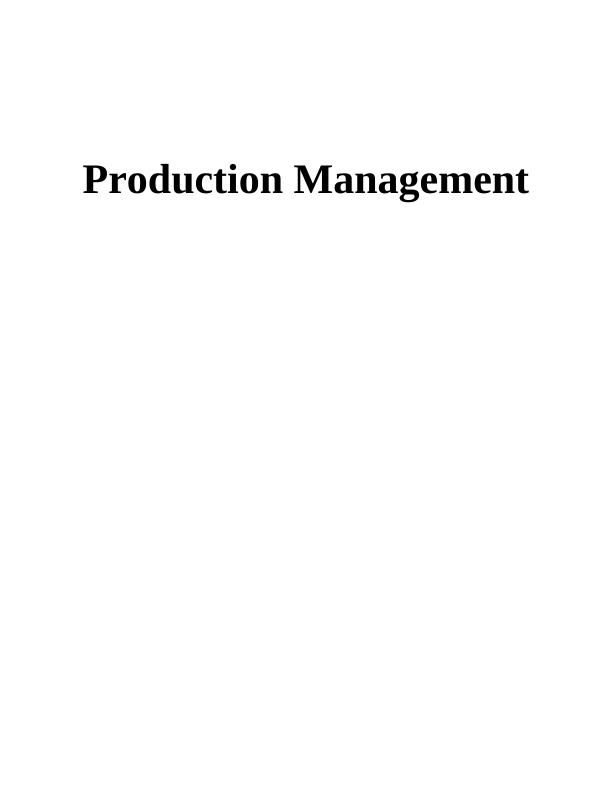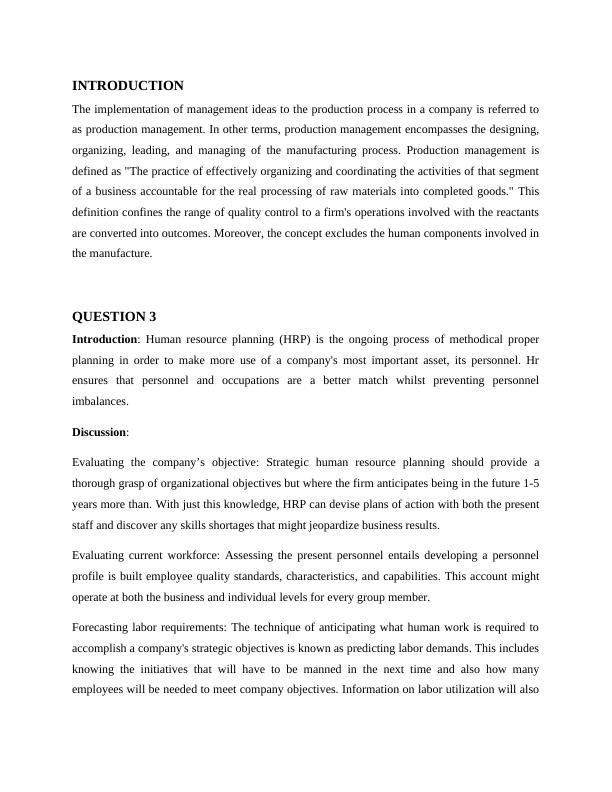Production Management: Designing, Organizing, Leading and Managing Manufacturing Process
7 Pages1472 Words473 Views
Added on 2023-06-10
About This Document
This article discusses production management, its definition, and importance in designing, organizing, leading, and managing the manufacturing process. It also explores human resource planning and modern methods of construction for the construction industry. The article concludes with potential consequences that construction production may face in the future with respect to the decline in the availability of skills it has traditionally relied upon.
Production Management: Designing, Organizing, Leading and Managing Manufacturing Process
Added on 2023-06-10
ShareRelated Documents
End of preview
Want to access all the pages? Upload your documents or become a member.
Human Resource Management System Development for Mitre Corporation
|14
|3016
|463
HRM Unit- 2 Human Resource Planning (HRP) Concept
|14
|4753
|198
Lack of Staff Resources Issue in Shark Suit Company
|9
|2615
|14
Human Resource Management-Portfolio Task
|11
|2700
|123
Human Resource Management Sample Assignment
|20
|4250
|67
Human Resource Management Solutions Assignment
|19
|4787
|231



